Have you ever used ChatGPT and wanted to create a customisable version tailored precisely to suit your daily tasks and requirements? In short, well now you can. OpenAI, the powerhouse behind the likes of ChatGPT and Dall-E, have enabled users to create their own GPTs and share them publicly. Average users can become builders and create their own GPT as easily as starting a conversation, giving it instructions and extra knowledge, and picking what it can do, such as searching the web, making images, or analysing data. Similar to ChatGPT, users retain control over their data, and interactions with GPTs remain private without being shared with developers.
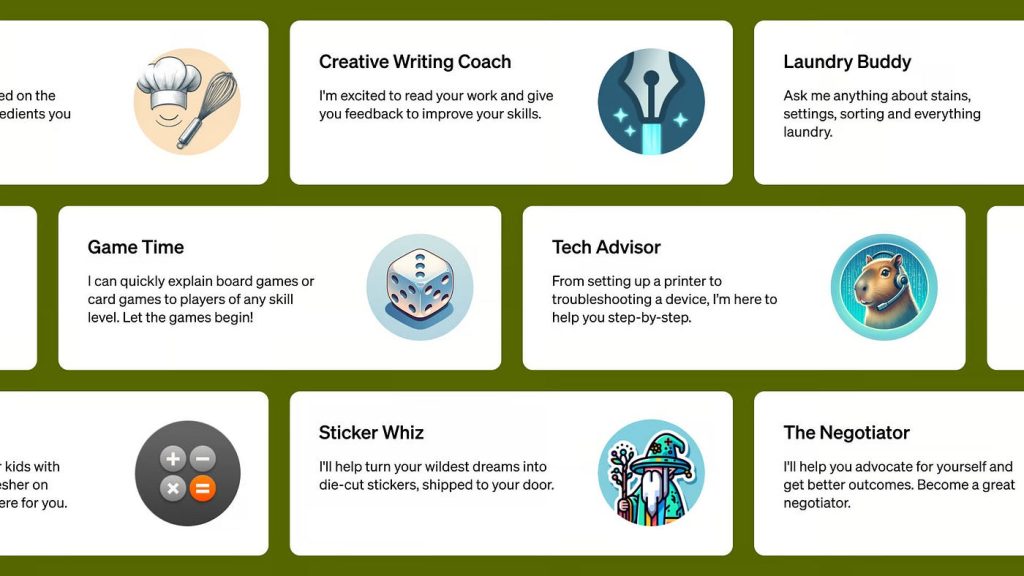
Image Source: OpenAi
ChatGPT are preparing to launch their GPT Store which plays host to creations by verified builders, allowing GPTs to become searchable and climb leaderboards. ChatGPT will also spotlight the most useful and “delightful” GPTs they come across in categories like productivity, education, and “just for fun”. Additionally, ChatGPT revealed a groundbreaking opportunity for creators to monetise their innovations, linking earnings to the popularity of their GPT creations.
Be My AI has emerged from the fusion of Be My Eyes and OpenAI’s technologies, representing a pioneering digital visual assistant powered by GPT-4. Integrated into the iOS Be My Eyes app, Be My AI offers an innovative solution for individuals who are blind or have low vision, addressing everyday needs and providing tools and visual descriptions like never before.
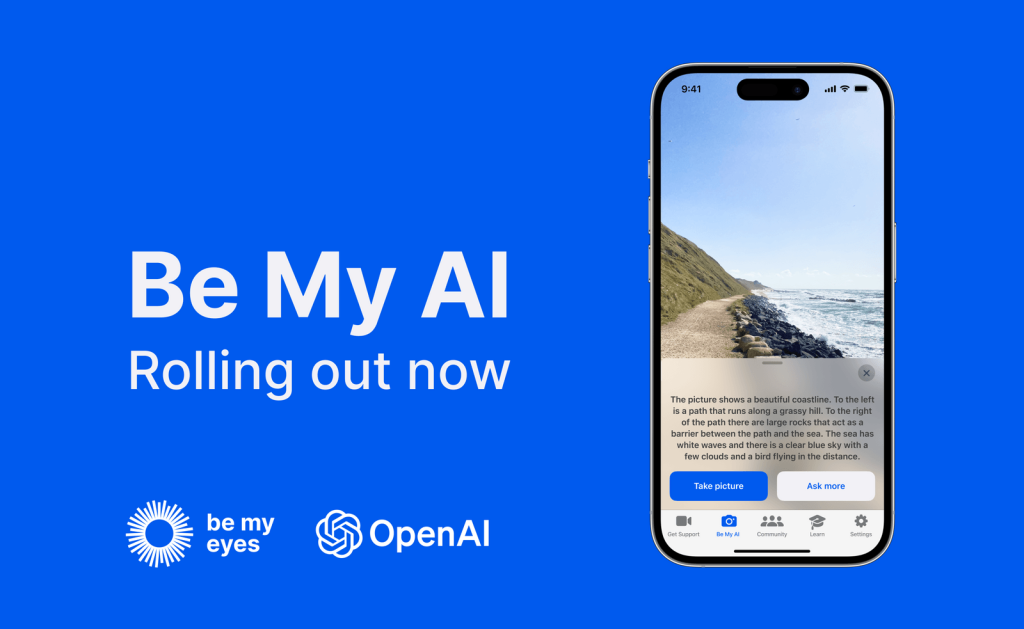
Image Source: Be My Eyes
The feature is user-friendly, by capturing an image, Be My AI delivers detailed descriptions, and users can engage in chat for additional context and information. The app empowers users to access immediate assistance, eliminating the need for dependancy on others for visual support. Whether deciphering buttons on appliances with flat-screen controls, reading a menu at a restaurant, or locating a dropped item, Be My AI enhances accessibility in various everyday situations.
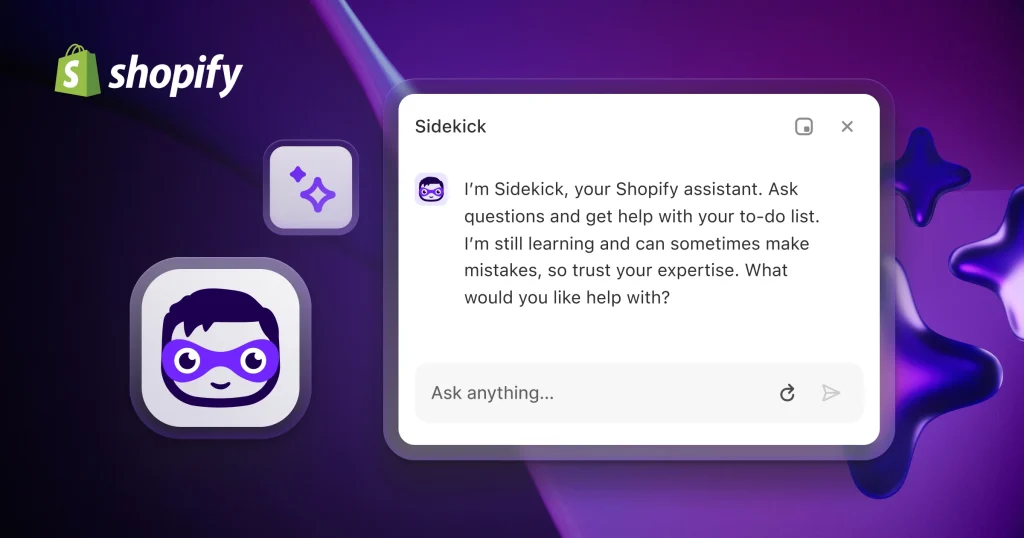
Image Source: Shopify
In the post-pandemic era, the e-commerce landscape is evolving at an unprecedented pace and staying ahead of the curve is essential for success. Shopify Magic, Shopify’s catch-all brand for generative AI, introduced several new features including Sidekick – an AI innovation posited to revolutionise online store management. At its core, Sidekick harnesses advanced machine learning algorithms to analyse vast amounts of data providing real-time actionable insights.
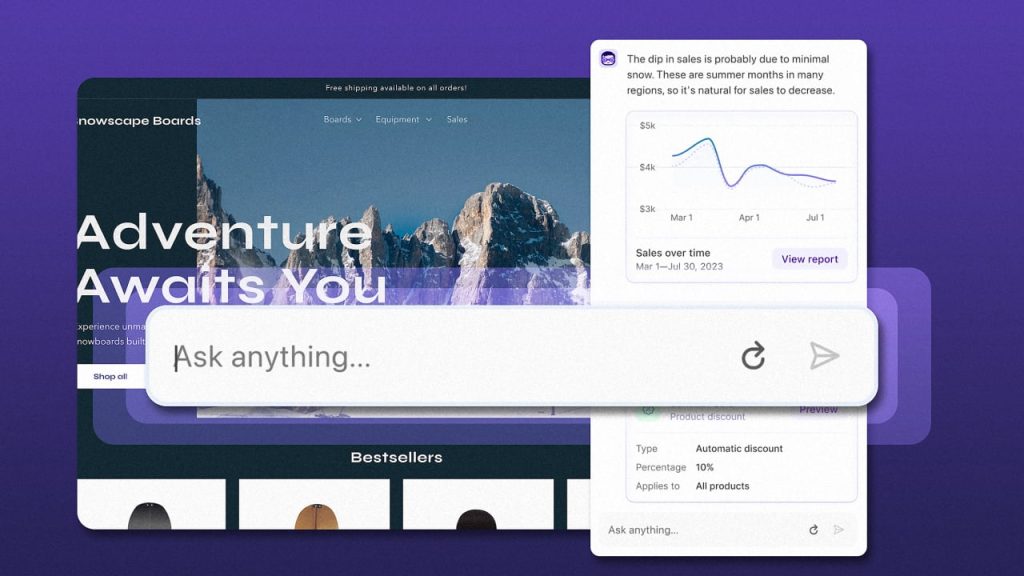
Image Source: Shopify
Serving as an AI commerce assistance, Sidekick enhances productivity and efficiency by eliminating guesswork in inventory management and offering precise trend predictions based on historical data. With its customer insights and engagement tool, segmenting customers and refining communication has never been easier. Sidekick empowers Shopify merchants to effortlessly modify shop designs, generate bespoke discount codes, and initiate instant sales with just a few clicks.
Presented as Project Tailwind, Google unveiled their latest innovation: NotebookLM, an AI-first notebook designed to extract information from the documents you upload and store in your Google Drive. Distinguishing itself from conventional language models, Project Tailwind is specifically trained on your personal notes, ensuring a unique and tailored experience with a private AI model that gains expertise from the information you provide.
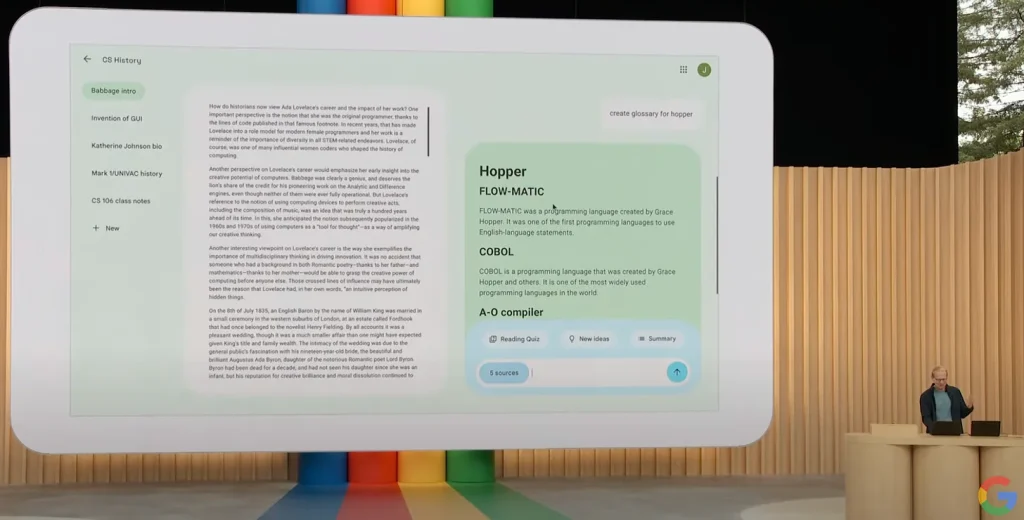
Image Source: Google’s I/O Conference
Currently in the prototype phase, Project Tailwind is undergoing testing in the United States by authors and universities. Google has positioned the AI-first notebook as a tool for students, enabling them to create key topics, summaries, and quizzes. However, the capabilities can be applied to anyone synthesising information from various sources, such as writers researching an article, analysts going through earnings calls, or lawyers going through a case. One of the biggest challenge around this idea is that Language models are expensive to train and fine-tune — who pays the bill for Project Tailwind?The other concern is reliability; these systems are notorious for making up information. There’s no guarantee they won’t do the same even when constrained to personal notes.

LinkedIn saw tremendous growth during the COVID-19 pandemic with the closure of networking events as a result of lockdowns around the world; people went searching for human connection and opportunities in the digital landscape. With a growth of 230 million new users from the pandemic alone, it’s unsurprising to see that LinkedIn has maintained a 10+% annual growth post-pandemic and is responsible for 46% of B2B social web traffic.
Anthony Leung, from Mean Write Hook, spilled the beans on LinkedIn’s secret weapon at brightonSEO. The weapon of course, is a simple formula, create content that emphasises experience + expertise + authoritativeness + traction. Most importantly, the content must be engaging, if not, LinkedIn will pull back the number of impressions on your post. Additionally, the content needs to create “value” that is of interest to your audience, without that, you won’t generate engagement on your posts and thus LinkedIn will restrict impressions.
To use the weapon you’ll first need to understand how people use LinkedIn, because each platform content needs to be created differently. Most importantly, unlike when people are actively searching for content online, socials don’t offer the same luxury of time. The average time spent on LinkedIn is 7:38 minutes, this time will be split across up to 10 posts during any given session. In addition to this hurdle, LinkedIn only affords you the first two lines of a post caption and any accompanying visuals for users to judge your content. The average user does this in under 2 seconds, not leaving much time to make an impression.
The two priorities for maximising SEO content on LinkedIn is to stop the audience from scrolling away and intrigue them to spend time viewing and engaging with your content. To stop audiences from scrolling away, write from the audiences’ perspective and put their interests first. To create intrigue, try using carousels to break down blog posts into a visual or even better, prioritise video first content as it helps build trust quickly. By breaking long form content into short form content, not only are you building a bank of content to choose from, each post will build authority and trust with your audience.
586

The surplus of Ai generated content is growing at an astronomical rate, with many creatives concerned that it is a threat to their work. However, the bigger issue at hand is that content is starting to look eerily similar and Ai is compounding this.
On the flip-side, with more and more content being produced by Ai, the easier it is becoming to spot the difference between authentic human writing and Ai. Ai fails to use what is known in the world of linguistics as the sociolinguistic code, the words and phrases a particular social group uses. The sociolinguistic code is what sets apart humans and Ai, being able to speak to your audience using the language they understand is a powerful tool that can’t quite be replicated – yet!
Catherine Jones, from Clean Slate Copy School, spoke of the Content Cage that many of us appear to be trapped in. Following “best practice” has turned into rigid rules and sticking to templates, standard blog formats, and landing pages produces formulaic content. A lack of ideas results in turning to Ai to come up with “interesting and engaging content on X” when in reality Ai only generates the “most likely” next word and feeds the ever-growing stagnant content.
So, how do you break out of the cage? Stop relying on Ai for long form content! Focus on what makes you and your business unique; whether it’s the clients you work with or the people within your team. Understand the trends in your industry and comment on them, or even predict what you think is coming. Don’t forget about storytelling; create compelling narratives and take your audience on a journey.

TikTok, we’ve all heard of it, but how many people are actually on the platform and are businesses really using it to find their audience? Turns out there are over 1.1 billion monthly active users on the platform and surprisingly 53% of users are above 30 years old with 40 – 50 year-olds comprising 30% of the total usership. These stats demonstrate that a wide variety of audiences are using the platform and that businesses shouldn’t be dismissing the platform without undertaking research to understand if their target audience is on there.
Before diving into the nuances of how to create viral content, it is important to note that virality can apply to the likes of Instagram, LinkedIn and Pinterest too, not just TikTok. So why virality? What does this help a business achieve? Virality can help increase brand awareness and expand your reach. With an ever decreasing attention span, Gen Z’ currently sitting at 8 seconds, marketers are fighting to capture attention. Margaret MacArthur, who has amassed a following of over 18K and achieved over 2 millions views on some of her videos on TikTok, emphasised that having a strong ethos helps a brand to become trustworthy and by speaking with authority it showcases to users why they should engage with your content and not anyone else’s.
20% of the content a company produces should be designed with the aim to go viral. Putting this into context, 20% of your content should be designed to appeal to as many people as possible to help increase your brand awareness and grow your community. The content doesn’t directly need to relate to your business, but as a result can divert people to your website. If you’re unsure on how you can achieve this for your company, focus on the trends that are taking place on TikTok or Instagram and give it a go. Trends take on various forms and some are easier to jump on than others; for example, trending audios can easily be placed over any video that your company puts out. Trends like Wes Anderson, featuring a series of precisely symmetrical shots and pastel colours, require a lot more time and effort to produce and edit the video. To generate the most engagement and chances of virality, businesses need to jump on trends before day 3 of the trend emerging, or else it might not be worth your time, as people will have simply moved onto the next trend.
Perhaps you’re already on TikTok and you’re still not getting the engagement you’re looking for; take the time to evaluate whether the quality of your videos is too high. It may sound counterintuitive, but TikTok is a personal app, meaning that it is designed for people to create content on their mobile through the app directly. Audiences want to see authentic and genuine videos and phone content is equally appealing to them. Moreover, producing high quality content is time consuming and can be draining, it also delays your ability to jump onto trends quickly.
All the talks that focused on creating content at brightonSEO had a unifying theme… take bigger risks with your content, because it might just pay off.
Break out of your content cage, create the viral video you’ve long thought about making, and write the article ‘just because’. The more content you produce, the greater chance you have of standing out in an overly saturated space. Find your voice, believe in what makes your work worth listening to, and dare to be just a little bit different.